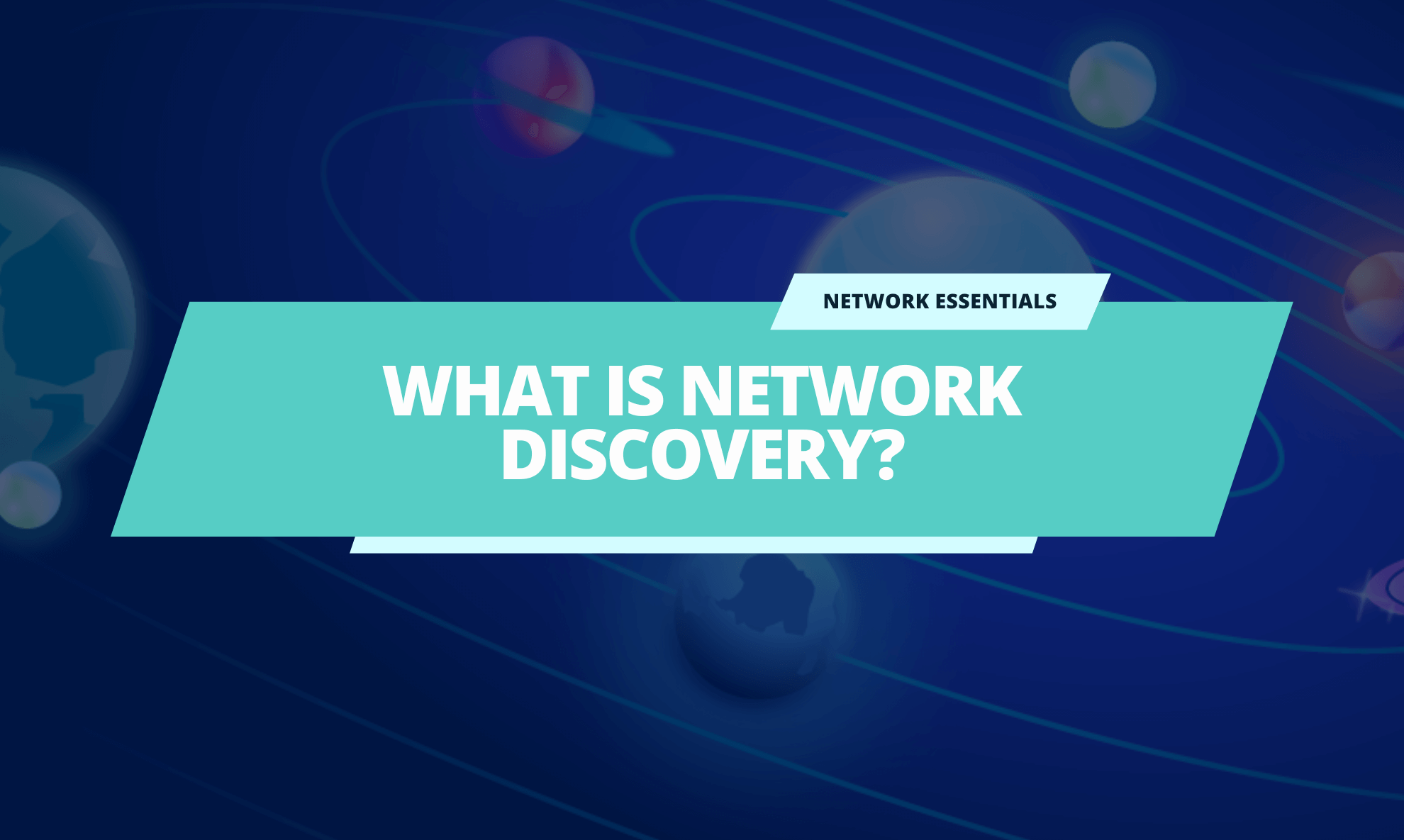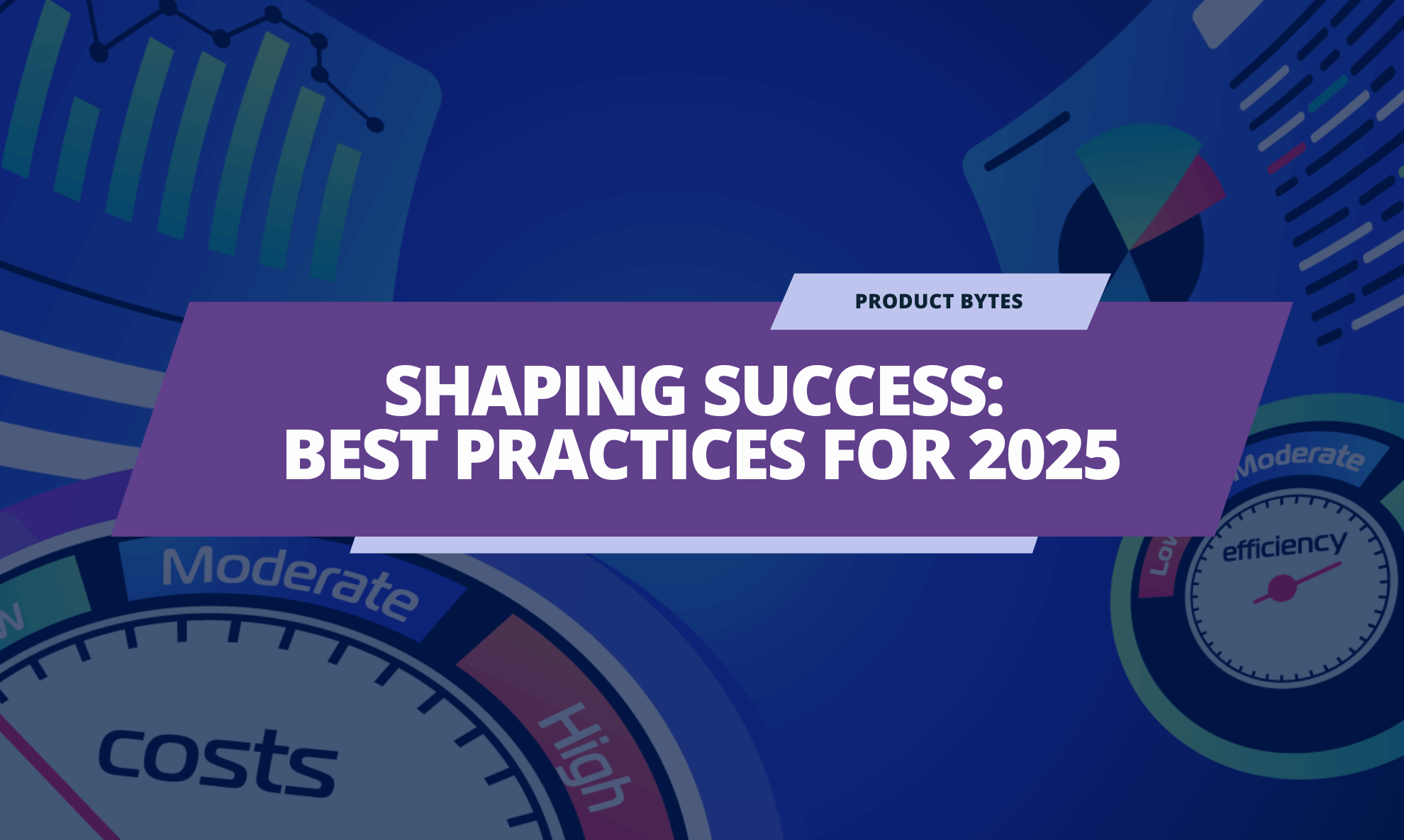Creating a prospecting plan means developing a straightforward process for finding and contacting businesses that would benefit from your MSP services.
If you’re new to prospecting, or your current efforts feel disorganized, read on to learn how to create an MSP prospecting plan.
What is a Prospecting Plan?
A prospecting plan is the process of finding the right customers for your MSP business. Such a plan helps you identify and approach potential customers for your services. In other words, all the steps in your prospecting plan should help you reach prospects likely to become customers.
In simple terms, your prospecting plan is your game plan for success.
What should your MSP prospecting plan include?
Your MSP prospecting plan should consist of a purpose. It will help you identify the right target to create messaging that matters to reach your audience. Furthermore, you should invest time in describing your goals. In addition, it’s essential to define how to measure the results you achieve.
Here are eight steps to start building your MSP prospecting plan:
- Define Your Target Audience
- Distinguish Your Value Proposition
- Set Measurable Goals
- Implement a Lead Generation System
- Develop a Multi-Channel Prospecting Strategy
- Personalize Your Prospecting
- Harness The Best Tools
- Follow Up with Prospects
Step 1: Define Your Target Audience
There’s a saying, ‘ If you market to everybody, you market to nobody’.
Identifying who to target is detrimental to every other step you’ll take. Knowing your target audience clarifies your brand’s messaging and helps you to build your MSP marketing strategy. Most of all, it makes your sales and marketing efforts more effective and enables you to stand out among your competitors.
Often the easiest way to start is by considering your existing clients’ traits. For example, you can examine their industry, business goals, likes, dislikes, fears, and values.
Use these traits to create a persona – an imaginary person that represents your ideal customers. From now on, every effort you make to prospect should have this persona in mind.
Step 2: Distinguish Your Value Proposition
If you don’t know what you’re offering and to whom, how will potential clients?
Your value proposition should be one sentence that distills what you offer, to whom, and what makes your business unique.
A straightforward way to discover your value prop is with this simple formula:
Your ideal client + what you offer + what makes it valuable = value proposition.
Defining your value proposition will help you develop your ideal customer profile (ICP). For example, your ideal client could be insurance companies, government institutions, or schools.
Step 3: Set Measurable Goals
What do you aim to achieve with your prospecting efforts? Setting specific, measurable, achievable, relevant, and time-bound (SMART) goals guides your strategy and helps measure success. Whether it’s increasing your client base by X% or generating X number of leads within a certain timeframe, clear objectives keep your team focused and motivated.
“If you want to live a happy life, tie it to a goal, not to people or things.”
Albert Einstein
Define what success looks like for you and your MSP business. Setting your goals will help you understand how much time your team can dedicate to each prospect.
Remember to set up measurable goals. We’ll tell you more – set up goals your team can measure automatically. As a result, you can examine the results of your prospecting efforts regularly and improve them often.
Step 4: Implement a Lead Generation System
A consistent flow of leads prevents the ‘feast or famine’ cycle, which can hurt your growth.
There are several ways you can generate new MSP leads, including:
- Networking at industry events
- SEO content for your blog
- Guest posting on publications
- Lead magnets you send by email
- Content marketing with videos and blog posts
- Social media posts.
A simple lead generation system could mean using your favorite project management software or a spreadsheet. Remember to write down what actions you want to take, how often, and whose responsibility it is. From there, break down each action into steps. For example, “John will publish two SEO-driven blog posts a month”, then list what John will need to make that happen.
Step 5: Develop a Multi-Channel Prospecting Strategy
Once you begin to collect leads, you need to sell your services to them. Remember, there is a difference between leads and prospects.
Not all prospecting channels are created equal, and what works for one MSP might not work for another.
The leads you engage on the above channels are your potential customers. They may show interest in your brand or products by subscribing to your newsletter or signing up for a free trial. On the other hand, prospects are qualified leads that align with your ideal customer.
The good news: There are a lot of channels you can explore to turn your leads into prospects. Common channels include email, social media, networking events, and referrals. Consider where your ICP spends its time and what channels have yielded results in the past. A mix of inbound and outbound strategies often works best, combining content marketing, SEO, and social media engagement with direct outreach efforts.
The bad news: Leveraging a multi-channel prospecting strategy can be really successful. However, such a strategy can also be time-consuming. That is to say, you should constantly monitor all channels to monitor, collect and evaluate different information from various channels. After all, you can improve your offers only after you examine the data.
Step 6: Personalize Your Prospecting
Tying the previous steps together is the basis of a strong MSP prospecting plan. But how do you do this effectively?
Tailor your blog posts, videos, emails, phone calls, and social interactions to resonate with and help your ideal client. For example, personalized emails or calls can be especially effective as a drop campaign after they’ve downloaded your lead magnet.
Communicate their pain points, share your industry knowledge, and show your unique solutions. Don’t fall back on a jargon-stuffed, generic tone of voice. Clients care about your values and personality as much as the solutions you present.
Read more on how to personalize your sales prospecting.
Step 7: Harness The Best Tools
Using tools that automate and streamline your prospecting activities lets you do more in less time. Finding the right tools can take some trial and error, but here are a few we’d suggest:
- HubSpot: Sales software to manage leads.
- Monday.com: Project management SaaS to develop a marketing strategy.
- Mailchimp: To create lead magnet landing pages and email campaigns.
- Hootsuite: To schedule social posts and manage engagement.
Of course, we suggest you try Domotz too, to provide your clients with a streamlined network monitoring solution. Grab our MSP onboarding checklist template to help you start your onboarding process.
Step 8: Follow Up with Prospects
Finally, nurturing and following up with prospects is crucial for converting them into paying clients. Building relationships takes time, so staying engaged and providing value is essential.
Build a follow-up procedure into your prospecting plan to squeeze as much value from your sales and marketing efforts as possible.
Discover quick tips here to enhance your strategy-building efforts:
- Ask for the best way to follow up
- Contact prospects at the right time
- Communicate in advance your next steps with your client
- Follow up by offering free resources
- Find your potential customers and connect on social media channels and communities
- Personalize your follow-ups
Finally, don’t forget that customer experience is one of the top metrics for measuring sales success, so don’t push your potential clients.
Are you convinced follow up matters? If not, check out some follow up statistics here.
Conclusion
To sum up, we’ll group some of the most critical MSP prospecting plan best practices:
- Focus on the quality of leads rather than the number of leads.
- Target the decision-makers whenever possible.
- Use personalized email or phone scripts.
- Define a specific time for sales prospecting every day.
- Avoid the hard sell on social media.
- Use tools to automate the process.
Further reading:



